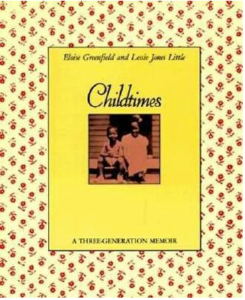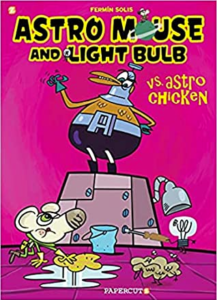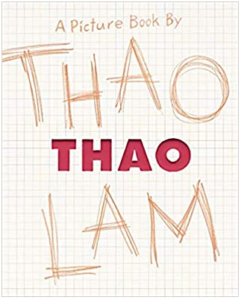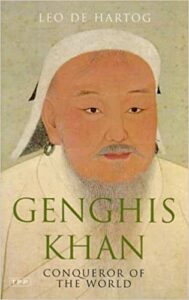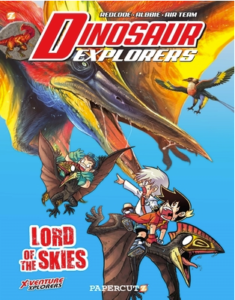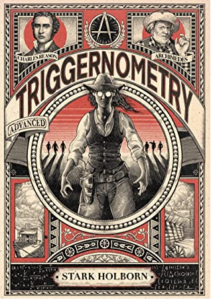By the time I finally got around to watching Disney+’s WandaVision, I’d been thoroughly spoiled by the Internet as to what to expect. And not just because the Internet loves its reaction gifs, but because even when sources were being circumspect, my longstanding familiarity with mainstream and especially Marvel comics meant that I instantly understood what everyone thought they were only hinting at. It’s going to be hard to write the rest of this review without probably doing the same for readers who have yet to watch the show or seen the comics they’re loosely based on, so if you’re the kind of person who thinks spoilers necessarily detract from enjoying entertainment, please stop reading here (but also, I commend you for your skill in avoiding all the bountiful spoilers so far for both show and books!)
 WandaVision is the clever title for this 9-episode series, with each episode lasting between 30-50 minutes, making for exceedingly bingeable viewing even if it weren’t so immediately absorbing. The first seven episodes are some of the best television I’ve watched in ages, anchored by Elizabeth Olson’s tremendous performance. At the end of the very first episode, she had me in inexplicable tears. I don’t know if her expression at the end of the episode was more poignant because I knew where all this was heading, or if unsuspecting viewers were similarly affected: all I know is that I was sobbing and completely hooked.
WandaVision is the clever title for this 9-episode series, with each episode lasting between 30-50 minutes, making for exceedingly bingeable viewing even if it weren’t so immediately absorbing. The first seven episodes are some of the best television I’ve watched in ages, anchored by Elizabeth Olson’s tremendous performance. At the end of the very first episode, she had me in inexplicable tears. I don’t know if her expression at the end of the episode was more poignant because I knew where all this was heading, or if unsuspecting viewers were similarly affected: all I know is that I was sobbing and completely hooked.
Most of the episodes are structured after classic sitcoms from the 1950s to the 2000s. In the first episode, patterned after The Dick Van Dyke Show, Wanda and Vision are settling into black and white suburban life in Westview, New Jersey. A misunderstanding over the calendar leads to a comedy of errors as Vision brings his boss and boss’ wife over for dinner on a night Wanda thought was meant to be a romantic occasion. Wanda must quickly whip up an appropriate multi-course meal with the assistance of her nosy but helpful new neighbor Agnes (No Prizes if you figure out who Agnes really is early on!) To add to the stress of the occasion is the fact that Vision must hide his android nature while Wanda must also hide her powers. Things wrap up happily, 50s sitcom-style, but several strange incidents intrude on their domestic bliss, and Wanda’s face as the credits roll is a mix of happiness and bleak terror that shook me to the core.

